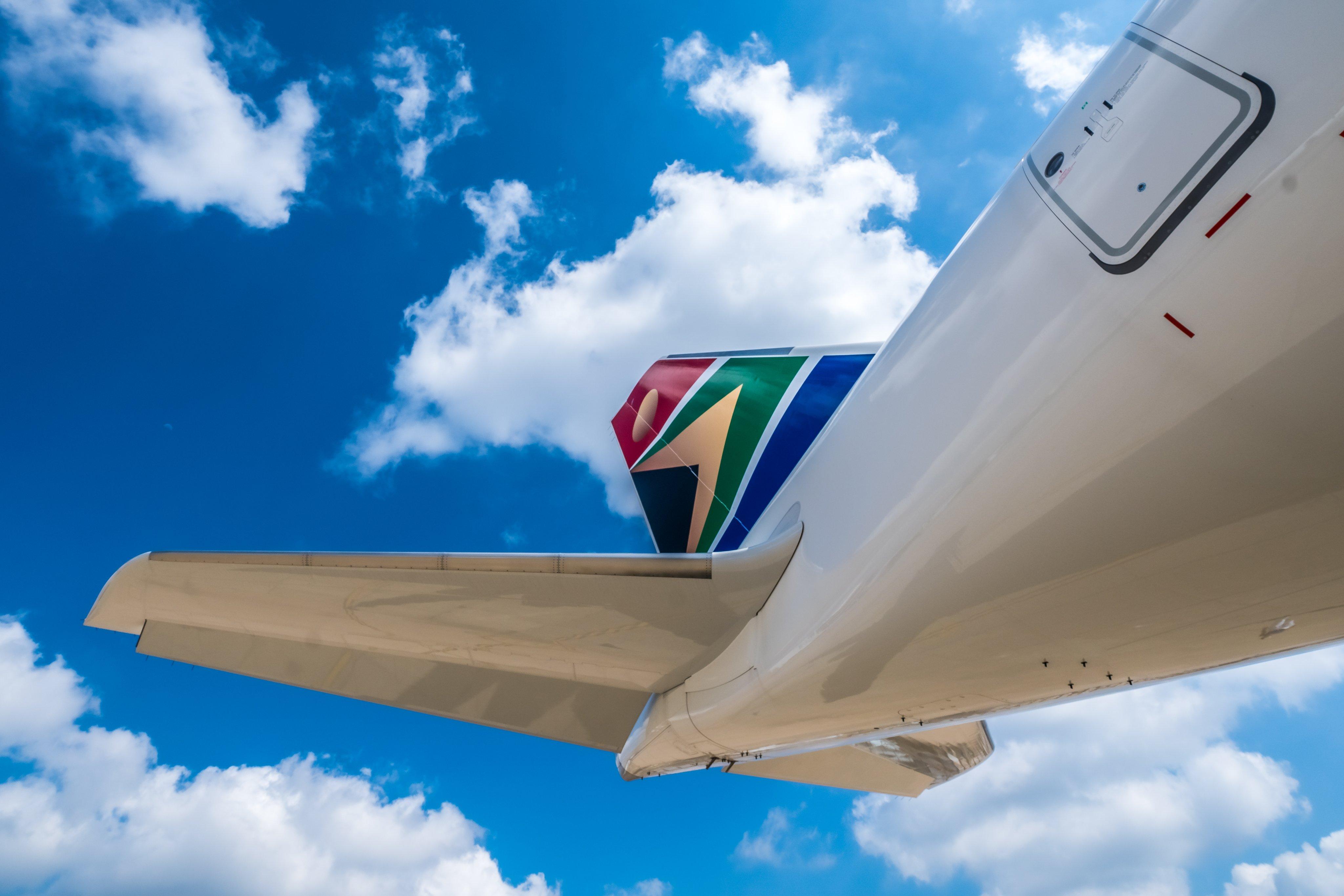
Africa’s aviation recovery is tracking ahead of the rest of the world, with traffic set to double over the next decade, triggering IATA to launch “Focus Africa” to help realize that growth.
“The [recovery] situation for Africa is actually better than the industry overall,” IATA director general Willie Walsh told attendees of an April 3 webinar. “We’re almost at 93% of where we were in 2019, with domestic travel effectively fully recovered and a very strong performance from cargo, running well ahead (+34.4%) of where we had been during 2019.”
Africa is a huge continent and the recovery picture varies, depending on the market. Central/Western Africa, Eastern Africa and Northern Africa are all expected to exceed 2019 traffic in 2023, but Southern Africa is not forecast to recover until 2025.
“Some regions will recover in 2023 but the market, in full, will recover in 2024,” Walsh said. “By 2035, we’ll be almost double where we were in 2019.”
However, IATA estimates that African airlines will lose another $213 million in 2023, because the industry remains hamstrung by the same old challenges: infrastructure constraints, high costs, weak connectivity, regulatory barriers, slow adoption of global standards and skills shortages. To overcome these blockers, IATA has come up with the Focus Africa initiative, which has been in the works for nearly 12 months and will be formally launched in Addis Ababa on June 20-21.
Focus Africa will be an ongoing collaborative project, with six focus areas and 70 to 100 sub-initiatives, which will each be given clear targets. The six streams—safety, infrastructure, connectivity, finance and distribution, sustainability and future skills—will be led by industry experts.
IATA regional VP for Africa and Middle East Kamil Al Awadhi said Focus Africa will build on decades of work that has already been done. “Focus Africa will intensify efforts and step-up activities,” he said. “During the whole project, we will have different phases—between five and 10 phases—where it gets measured to make sure that the intent is achieved.”
But how is this different to other African aviation pushes? Al Awadhi said these generally focus on just one area, rather than the bigger picture. “The intent here is to focus on all the foundations needed in the aviation industry in Africa, to achieve the ultimate goal, which is the single African air transport market (SAATM),” he said.
SAATM is the project to liberalize intra-African aviation, which has been in the pipeline since 1988. The African Union (AU), which comprises 55 African member states, is driving this initiative and the African Civil Aviation Commission (AFCAC) is overseeing its implementation. AFCAC is now headed by dynamic former IATA executive Adefunke Adeyemi.
“AFRAA [the African Airlines Association] and AFCAC have been briefed and they will be fully engaged with us on this,” Al Awadhi said. “There are other entities involved, like the FAA, EASA and the African Union. We are still discussing which parts they will handle and what sort of support they will provide for each of the initiatives.”
The Focus Africa project comes as RwandAir CEO Yvonne Makolo prepares to take up her role as IATA chairperson later in 2023. “This Focus Africa initiative is not something invented by IATA, being prescribed for Africa,” Makolo said. “It is being defined through broad consultation, as well as by the policies and realities that characterize our industry on the continent.”
One of the most sensitive international topics for Africa is blocked funds, with $1.6 billion currently being withheld. Nigeria alone accounts for $802 million, or roughly 50% of this total. “You cannot expect airlines to continue to provide services if, in effect, they’re not being paid,” Walsh said. “What you’ll see is airlines reducing their activity in the countries where funds have been blocked. There’s just no question: that is the end result if airlines can’t repatriate their money.”
On a more positive note, the speakers identified strong potential for African countries to become sustainable aviation fuel (SAF) producers.
“Without question, there are opportunities,” Walsh said. “This is a real win-win situation, because you reduce your dependence on importing oil, you can produce it from raw materials that exist in your own country, you generate jobs because you locate the refineries in the region, you reduce transportation costs because you can have the refineries closer to the market that’s involved, and you reduce the exposure to the volatility in crude-oil prices.”
Walsh also believes that airline consolidation will play a key role in African aviation success. “I would argue very strongly that, where you have an industry that is financially unviable, consolidation is part of the solution,” he said. “We’ve definitely seen situations in other parts of the world, where consolidation has helped create a more sustainable industry from a financial point of view and lead to significant growth.”
Africa is home to roughly 18% of the global population, but represents just 2.1% of global cargo and passenger traffic, with an 80:20 split between international and domestic. Looking forward, the UN is expecting unprecedented African population growth, from 1.4 billion today to almost 4 billion by the end of the century.
“Aviation cannot be seen as a cash cow to be milked at every opportunity,” Makolo said. “If aviation is given the opportunity to thrive, the entire economy will benefit and grow.”
Pre-pandemic, aviation supported 7.7 million African jobs and $63 billion in economic activity. African aviation demand is expected to triple over the next two decades.
